Although lockdown measures are being relaxed and businesses are planning a return to normal operation, the subject of working from home is still a hot topic. Both employees and businesses have seen first-hand the benefits of remote working and are investigating implementing a long-term working from home solution, even after covid-19 passes.
When working from home was thrust upon us back in March, companies had to be reactive. Many had little time to prepare sufficiently and this has meant that some are making do with a basic set-up. But if you are considering a long-term working from home solution going forward, you need to be mindful of some vital factors and ensure you are doing it right.

ENVIRONMENT
A key consideration when ensuring successful long-term working from home is location. It’s ok to work from the comfort of your sofa in the short-term but is this healthy and productive as a long-term option? Probably not.
Are we still portraying a professional company persona with heavy background noise whilst on the phone? Unlikely.
If this is to be a permanent fixture, and to be as productive as possible, you need to feel comfortable in your surroundings.
Rather than working from your room or on the sofa — spaces that are associated with downtime — dedicate a specific room in your home to work. Ensure it’s quiet and free from distractions.
Employers should also consider completing a short health and safety assessment on their employees chosen remote working locations, to ensure they are sufficient and safe.
Employers continue to have some responsibility for employees’ work environments, even outside the office.

EQUIPMENT
Laptop vs. Desktop
When remote working was first advised by the government, businesses rushed to purchase laptops in place of desktops whilst their staff worked at home. But if you are to implement a long-term working from home solution, this is likely to be insufficient.
We suggest investing in a larger screen for the laptop and a keyboard, maybe even a docking station so the individuals can simply pick the device up and avoid having to plug in numerous leads to start their day.
Internet Connection
This can be the difference between success and failure when it comes to working from home. Do your remote employees have a connection that is up to the job? Can it handle the bandwidth required to support remote working?
To make remote working successful and pain-free as a long-term option, consider supplying employees with a separate connection or a data-sim dongle. This allows you to better manage connections and ensure they have security protocols in place that protect against potential cyber threats.
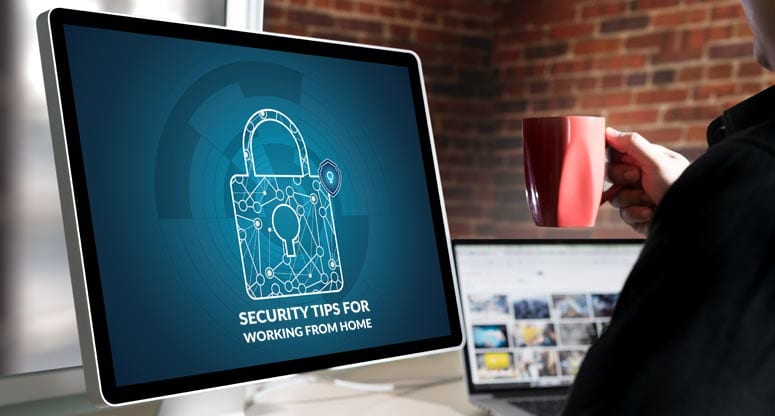
SECURITY
As you extend your company outside of its geographic walls, security can become a problem.
This should be taken seriously and considered a priority, especially because cyber attacks have more than tripled since the beginning of the coronavirus pandemic. Criminals sadly take advantage of remote working vulnerabilities.
Leaving remote security to chance could have serious implications such as loss of revenue, reputational damage and loss of important documentation or data. Some simple things you can do to mitigate this risk and ensure you’re cyber secure are:
1. Use a VPN
This will allow your employees to access the company data from a remote location. This creates a secure tunnel and stops sensitive company data getting into the wrong hands.
2. Invest in Technology
There’s some fantastic technology out there that offers added layers of protection and allows you to manage your remote network and end users from the click of a button. Ensure that you have adequate and credible anti-virus software and firewall protection that checks into a central admin console and alerts if updates are not completed.
Cisco umbrella
Cisco Umbrella is designed to actively protect users wherever they are. It delivers complete visibility into internet activity across all locations, devices & users and blocks threats before they ever reach your network or endpoints.
INTercept x endpoint protection
Intercept X stops the widest range of cyber-attacks using a unique combination of deep learning malware detection, exploit prevention and anti-ransomware to protect your users whether in the office or working remotely.
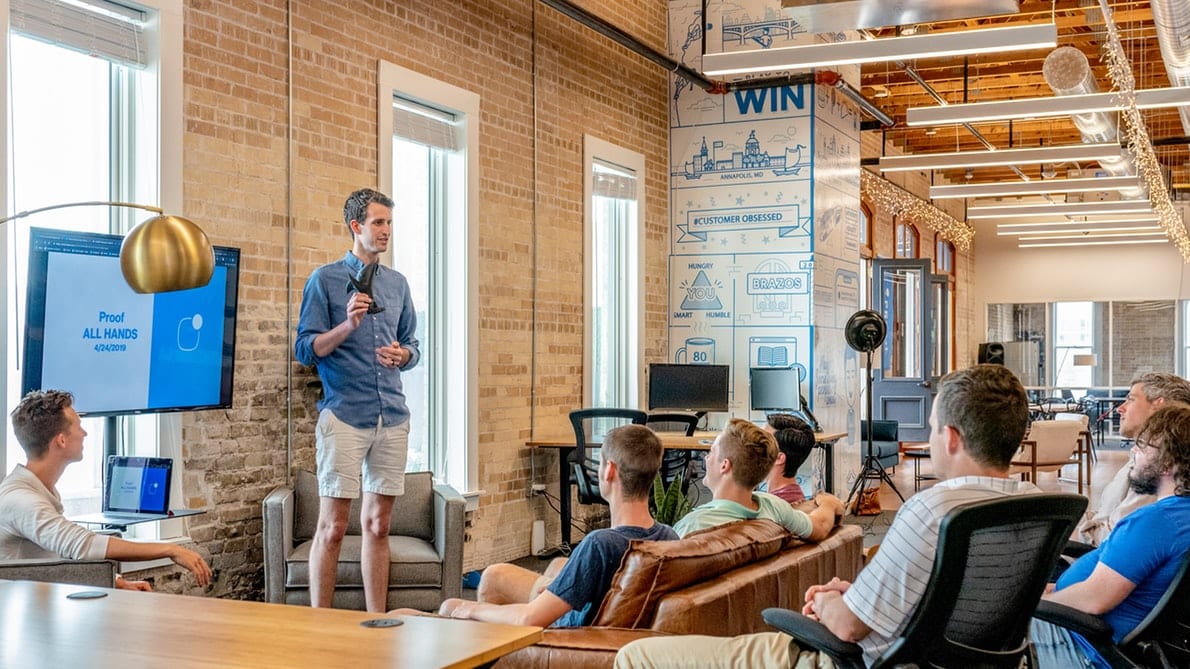
3. Train your Staff
Ensure your staff are aware of possible security threats and they feel confident in their understanding of how to avoid, report, and protect themselves against these. In other words, make them your human firewall.
When working remotely, they will not always have colleagues on hand to consult with on suspicious emails. This means they are far more likely to act on emails they believe to be from the “CEO”.
User training platforms like Cybsafe are excellent in developing cyber security cultures in organisations. It allows you to simulate security attacks and interactively test staff knowledge to give them a deeper understanding of cyber threats.
4. Regular Password Audits and a Strong Policy
Ensure you have a robust password policy in place and that your staff understand the importance of this. You should audit passwords regularly to make sure the policy is being followed.
5. Cloud Storage
Use a managed cloud storage solution to store company data. This way you control who has the permissions to access information and protect your most valuable asset – your data!

6. Mobile Device Management
To ensure you have the same control over the device as you would have when it is physically located in the office, an MDM solution is perfect.
Cisco MDM allows you to monitor all the devices within your organisation from one place, to make your life easier.
Whether its iPhone’s, Android, Macs or PCs you can see all information, their locations and have the ability to remote erase or lock any devices you want.
7. Manage the WIFI
When employees are working from home consider getting them set-up with their own SSID. This ensures no one else can be on the same network as your home users and prevents potential security breaches.
8. Disable USB Devices
USB drives that contain sensitive data, are easily lost, and can introduce malware into your systems. To reduce the likelihood of infection, disable removable media using MDM settings and only permit the use of approved devices. You should also encourage alternative means of file and data transfer such as secure online tools
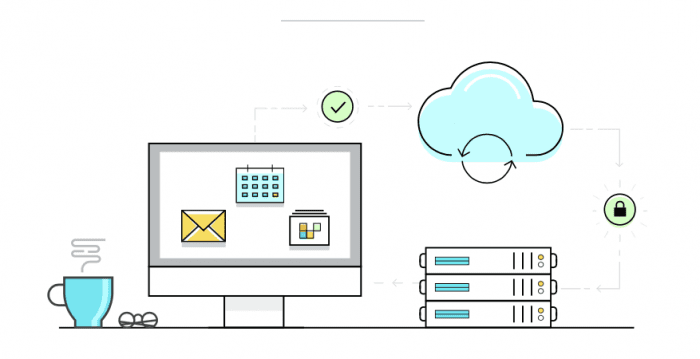
9. Backup
It’s essential to ensure that your employees’ devices are backed up at regular intervals.
This helps you to avoid downtime and drama in the case of data being lost, accidently deleted, or infected by cyber-attacks.
Use a cloud backup system like Datto SIRIS that will automatically back-up your data and documents at regular intervals throughout the day. You can then access and retrieve backed up data whenever required.
10. Encrypt data
Ensure your employee devices are encrypted at rest by default. Most devices do this automatically, but in a lot of cases the encryption is disabled.
11. Two Factor Authentication
Roll out 2FA so users must physically acknowledge and confirm their access to your network, software or systems. This means you can be sure your home users are who they say they are, and prevent unauthorised access.
YOU’RE NOT ALONE
Long-term working from home at your business is more attainable than a lot of companies originally thought possible, but it can seem scary when you begin to implement it. But you’re not alone.
There is a wealth of knowledge and resources available from those who are already enjoying a successful remote working solution. Do some research and discover what will work for you.
Involve experts too. You’ll find that service providers will already have extensive experience in getting clients set up with these types of solutions. So they can advise on the most appropriate technology you should use, make recommendations on what works and support you through the whole process.
You don’t have to do this alone.
CONSIDERING WORKING FroM HOME LONG-TERM?
Making remote working a permanent fixture at your business requires a lot of planning and thought to ensure it’s done properly. For free advice or for an informal chat on how to get started, speak to our PCS experts by calling 0333 150 6780, email or fill out the contact form below and a member of the team will be in touch.


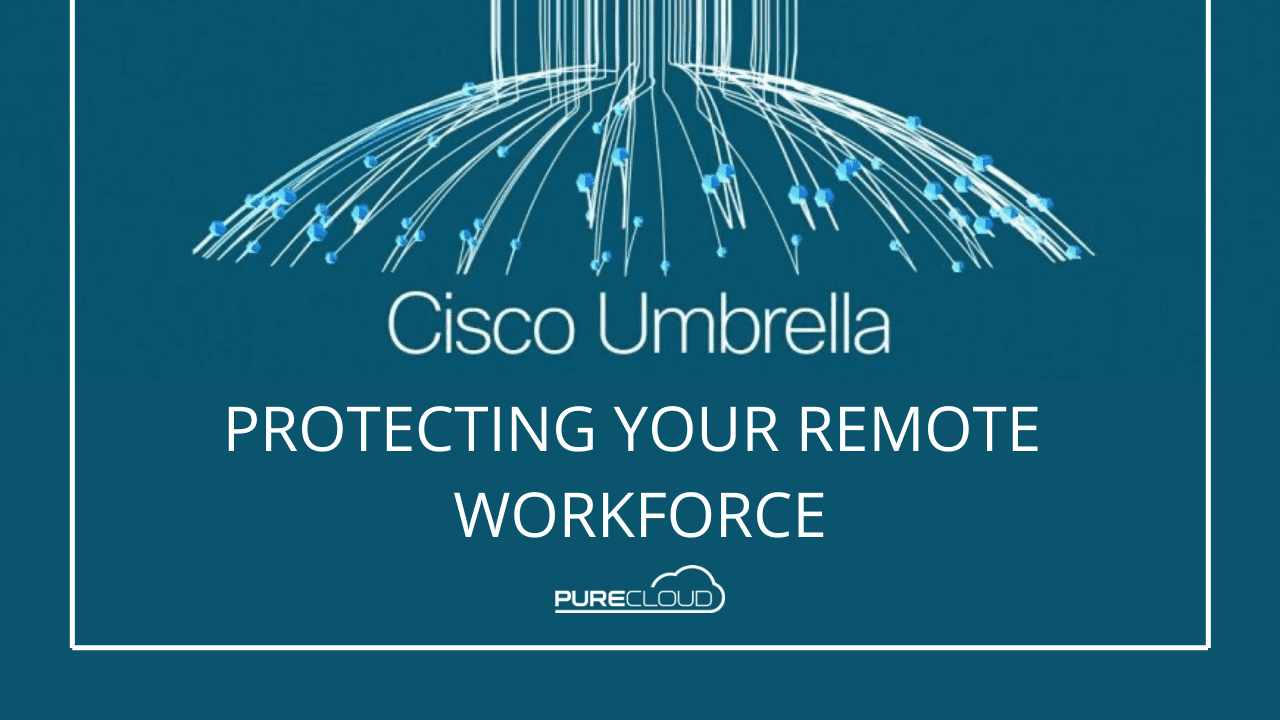



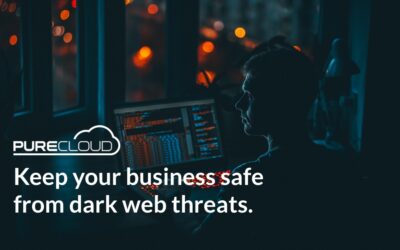

Recent Comments